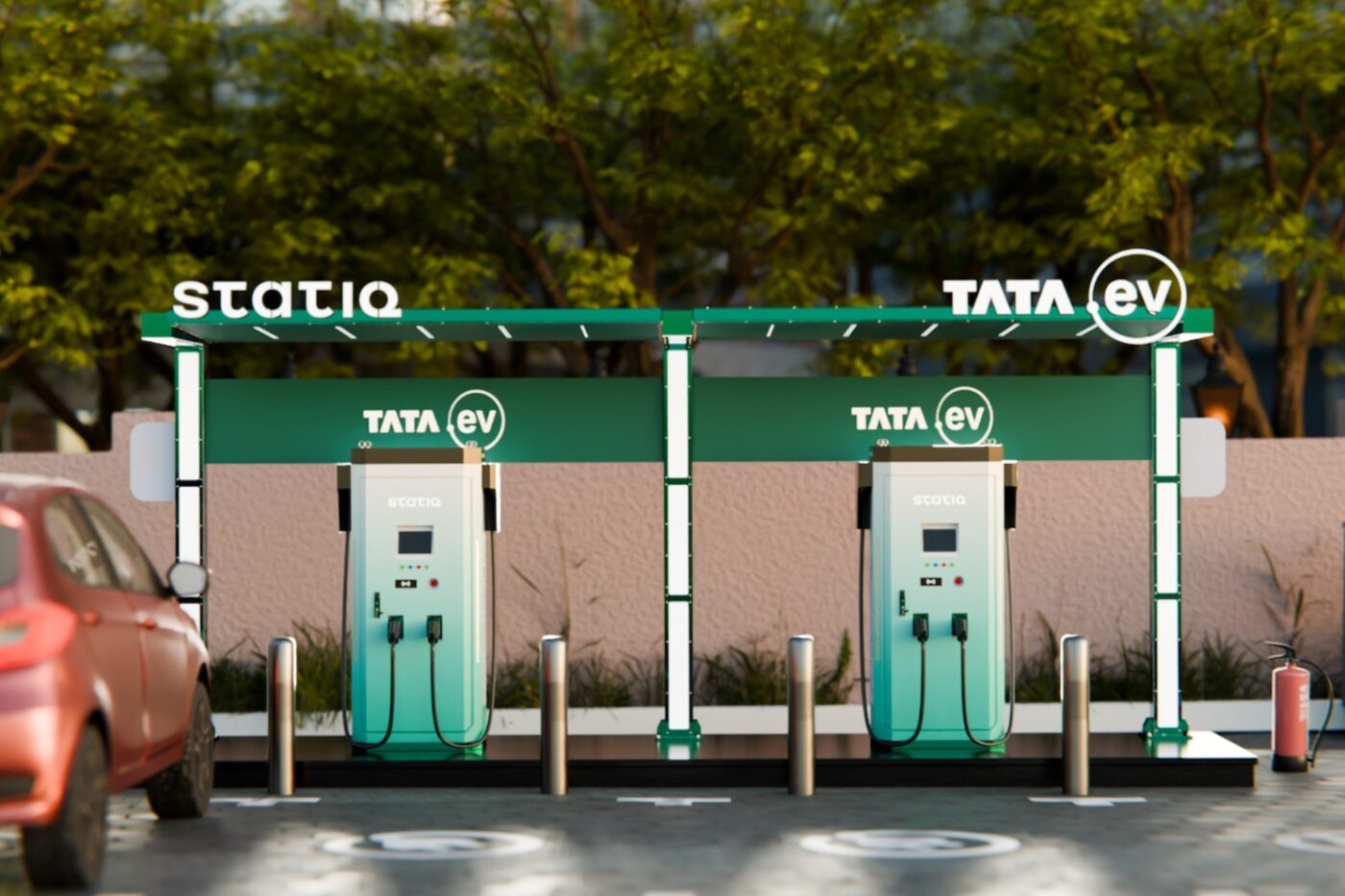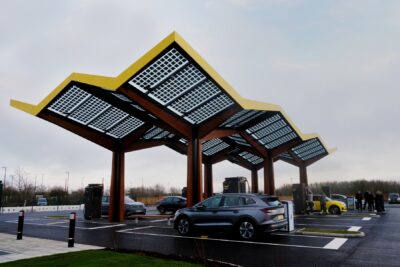Tata Motors to double charging points in India to 400,000
TPEM is partnering with prominent charge point operators (CPOs) to deploy more than 30,000 new public charging points. The company plans to create a ‘Tata.ev Mega Charger’ network in main cities and highways.
The Tata.ev Mega Chargers will allow up to four EVs to charge simultaneously. In an interview with CNBC-TV18, Balaje Rajan, the Chief Strategy Officer of Tata Passenger Electric Mobility (TPEM), indicated that most of these chargers will have four guns and an output of 120 kW. Because of limited grid capacity, the company may install a 60 kW charger with two charging guns in some locations.
TPEM has signed Memorandums of Understanding (MOUs) with Tata Group-owned Tata Power, as well as ChargeZone, Statiq, and Zeon to deploy 500 Tata.ev Mega Chargers. Rajan said the company will operationalise the first of them very shortly and the remaining by February 2025. The company has yet to reveal the plans for the remaining charging points to reach its goal of 400,000 by 2027. While it will allow all EV users to charge at these charging points, it will give Tata EV customers priority access and a discount of up to 25%.
India has about two and a half lakh electric cars, more than 200,000 of which wear the Tata badge. There are close to about 170,000 chargers in the country, but only over 18,000 of them are public chargers. TPEM aims to address this issue and increase the practicality of electric cars with its new initiative.
TPEM offers India’s widest electric car portfolio, comprising six models: Tiago.ev, Punch.ev, Tigor.ev, Xpres-T EV (fleet-only), Nexon.ev, and Curvv.ev. It plans to launch a new flagship model called Harrier.ev by next month and then a slightly smaller but still premium model called Sierra.ev in the second half of the year. Tata Motors is also developing a new Avinya brand of luxury models designed and engineered as EVs from the ground up. Local reports say the company is planning a line-up of five Avinya EVs. The massive product onslaught explains the company’s aggressive plans to build a robust charging infrastructure in the country.





1 Comment